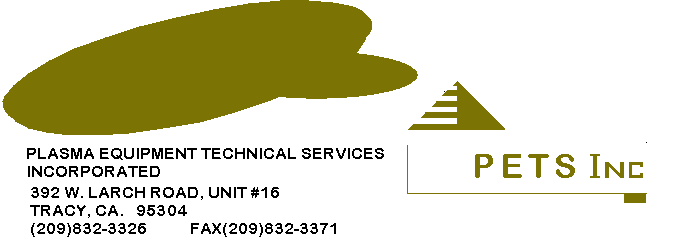.
|
.
|
|
PETS Inc. Ion Milling System. Ion Milling System은 보통 드라이 에칭 시스템으로 제거할수
없는 (세라믹, 텅스텐, 탄탈륨, 동, 동-알미늄 합금등)필름을 Key Benefits
In simple terms ion beam milling can be viewed as an atomic sand blaster. The grains of sand are actually submicron ion particles accelerated to bombard the surface of the work mounted on a rotating table inside a vacuum chamber. The work is typically a wafer, substrate or element that requires material removal by atomic sandblasting or dry etching. A selectively applied protectant, photo sensitive resist, is applied to the work element prior to introduction into the ion miller. The resist protects the underlying material during the etching process which may be up to eight hours or longer, depending upon the amount to be removed and the etch rate of the materials. Everything that is exposed to the collimated ion beam (may be 15" in diameter in some equipment) etches during the process cycle, even the resist. In most micromachining applications the desired material to be removed etches at a rate 3 to 10 times faster than the resist protectant thus preserving the material and features underneath the resist. Features such as the Constitution and the Lord's Prayer on the head of a pin may be realized using photolithography (select application of photoresist) and ion beam milling. Material Etch Rate (A°/min) The challenge that Ion Beam Milling has addressed and solved is that of thicker metallizations encountered in the thin and thick film hybrid industry where metal thickness up to 10 microns (400uin) are required for low DCR or low frequency skin depth concerns. Typical values of etch rates are: Production Method: Dry Milling (4 to 5 um metallization) JSiTS Inc. Tel)031-479-4211~2 Fax)031-479-4213 www.JSiTS.com www.4pointprobe.com E-mail; JSi@JSiTS.com
|